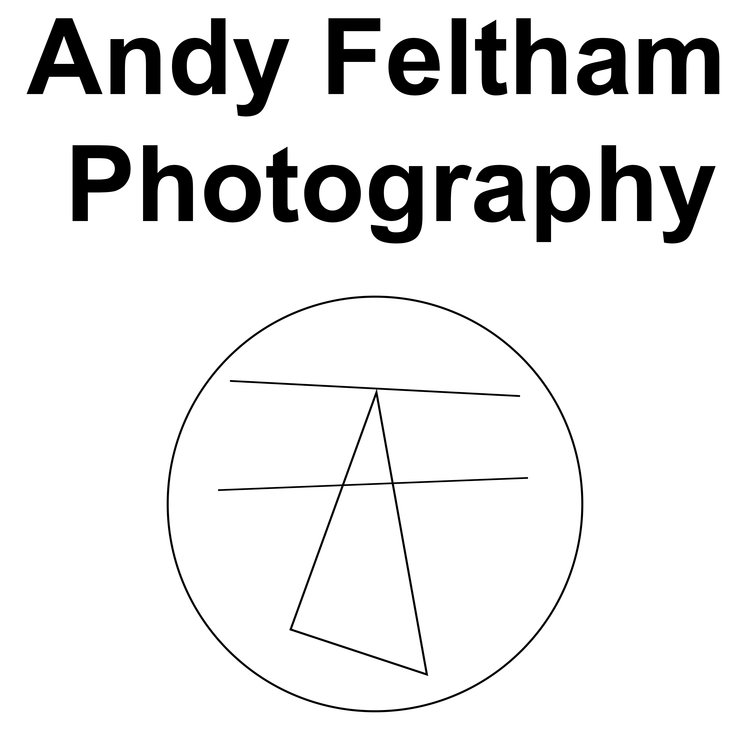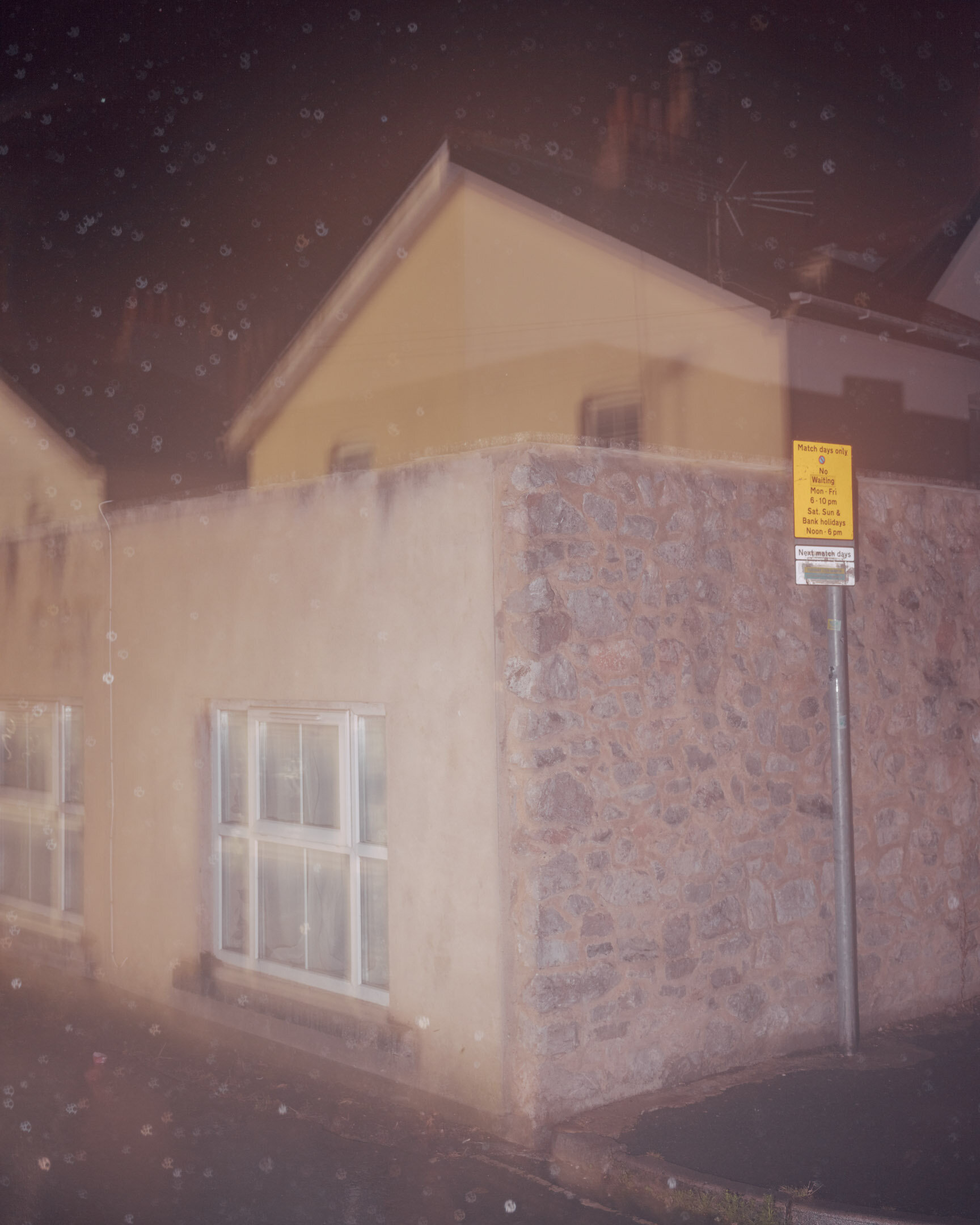This weeks blog is a musing on formal photographic technique, how far it can take us, and thoughts on breaking free from its shackles. By writing the last statement, I’m making it sound like we’re a prisoner in our own art form. But are we? Am I? Are you?
I’ve always felt the chafe from the of the Rule of Thirds noose, and it has taken years of conscious effort to feel like I’m beginning to loosen the rope. In an effort to accelerate this process, I’ve taken to eschewing my tripod when I venture out at night. Sometimes. Having been a vociferous convert to tripod use at all times of the day for at least the last 5 or 6 years, this was a big deal for me. Actually, it was a huge psychological barrier to overcome as I unclipped the safety net. Despite the crisp, detailed images that a tripod guarantees, there is without doubt, a loss of spontaneity in their usage. I was reflecting with a friend recently that if I take several shots of a subject, it’s almost always the first version that I end up using… raw intuition has a part to play in the feeling permeating through a photograph. Eggleston will tell you a thing or two about that.
My Instagram post on Monday was a comparison of two takes of the same scene (see above), first on a tripod, the second handheld. Of course, being that they are taken at different times of night and with it raining in the handheld version, the light captured is very different. I also used my torch to add a little cheeky ruddiness to the tripodded (is that a word?) version. Many would say I’m comparing apples to oranges, but nonetheless they’re both fruit and you can prefer one over the other. The more formal tripod version received the overwhelming vote. We could critique the choice of Insta as a place to receive quality assessment of the work, but it provides a snapshot of opinion and what’s more, there’s allegedly no smoke without fire. In an attempt to make an objective evaluation, it probably is the ‘better' image - the composition is more taught, the colours draw the viewer in with a satisfying contrast of red and blue, and the autumnal bloom of the feral foliage is pleasing. Despite this, I can’t help but feel the rawness of the handheld version more. The static orbs of rain, the ghostly movement of light from the window. It is, in a sense, more real due to its imperfections. Life is imperfect. Perhaps this subjective reading is a commentary of where my head is currently? Is it even possible to be entirely objective about one’s own output? Coming back to work months or years down the line certainly helps remove the associated baggage of what you were thinking or feeling when pressing the shutter. If you don’t have the luxury of time however, the only other option is to seek external opinion, especially valuable from those eyes you trust.
Other photographs that I have taken sans tripod often speak to me on a more personal level, but invariably garners less attention than my more technically focussed output on Instagram. Is this the platforms failings to communicate subtlety via a phone screen? Perhaps without tripod, I’m making work that isn’t objectively as good, but it feels like progress as its something different for me? Instagram isn’t going to shape my output consciously, I’m too pig-headed for that. Over time however, would I abandon the experimentation as subconsciously I react to the gentle implication that the work isn’t as good when I go off piste? Another way to slice it, is that it’s different to what I’ve done for years, and therefore the viewer would rather I stuck to the familiar. If Radiohead released a homage to Chas ’n’ Dave, I suspect it wouldn’t fair so well.
Somewhere in Torquay (Handheld)
Has any of this resonated with your experience? I realise that this weeks blog considers a lot of questions about my own practice, but I can’t be alone here, can I? It probably raises too many queries without bringing many answers. Perhaps over time the solutions will naturally reveal themselves. Either way, as an artist, it is bloody essential to experiment, even if a foray into the unknown ultimately ends in failure. Something along the way is bound to stick, and (thankfully) usually, little is lost en route. One thing I do know for sure, and that is The Formal Book of Photographic Rules is one that has stuck around me like a lingering fart. To achieve the looseness of a legendary blues great, you either hone your craft with dedication over the decades, or sell your soul to the Devil. As I’ve not received the invite from him yet, it appears that it’s the long game for me… and I’m okay with that. In fact, I’m only just getting started.



